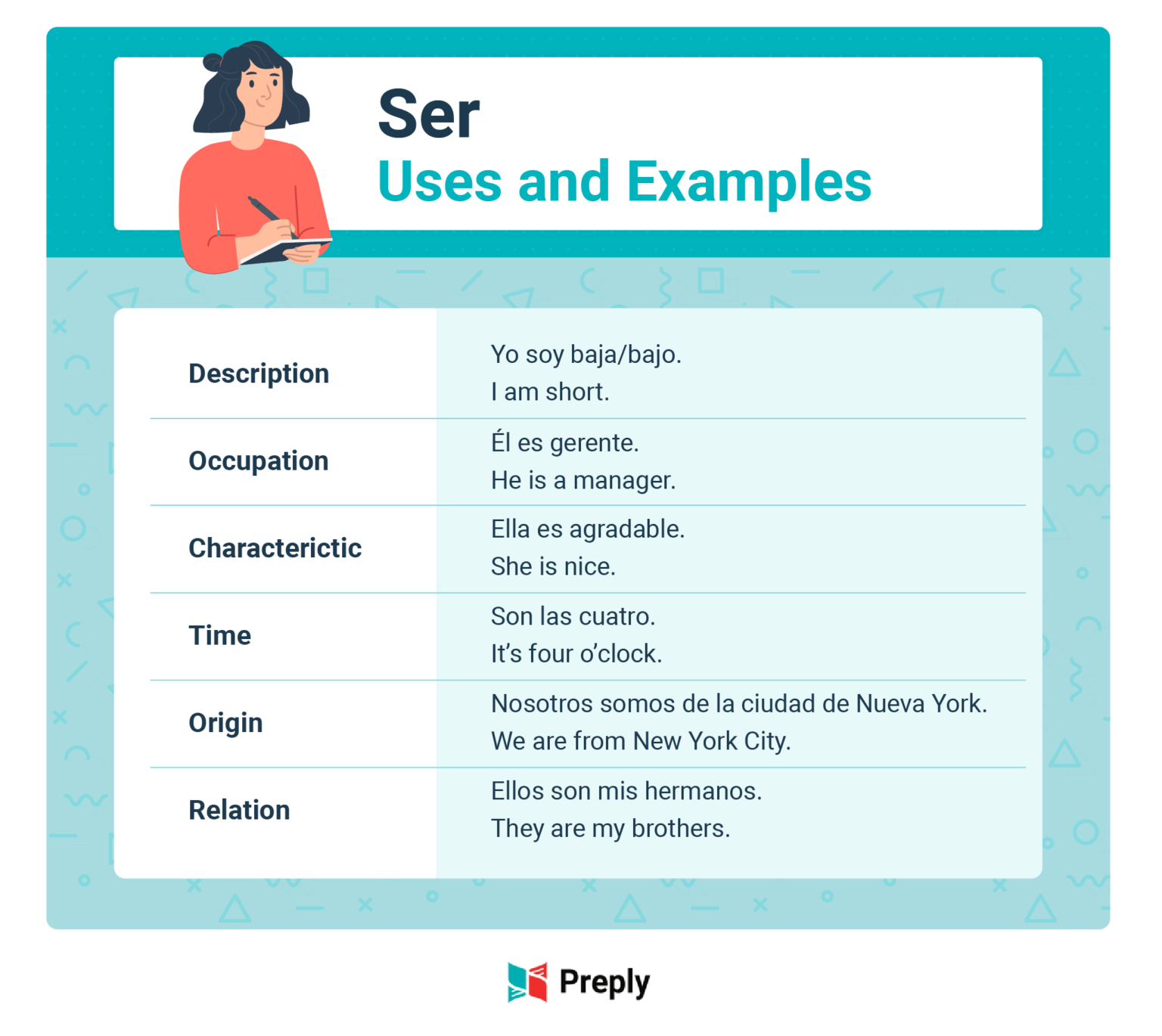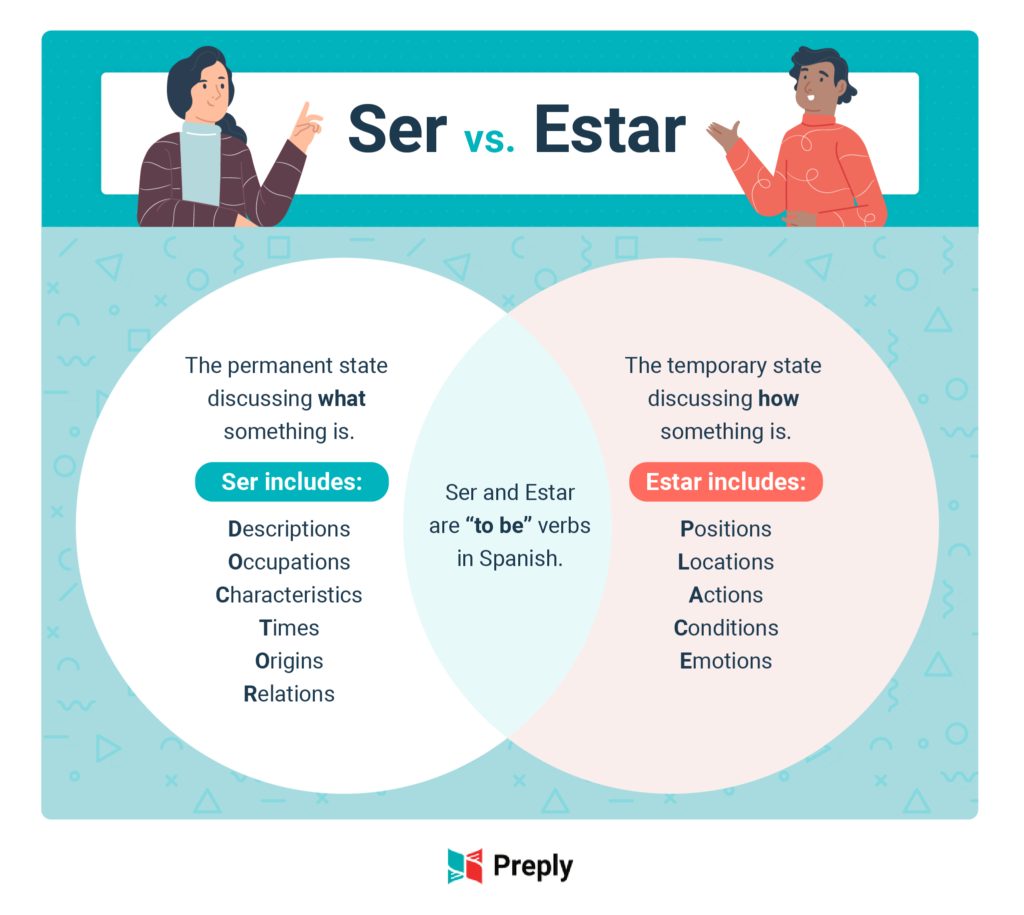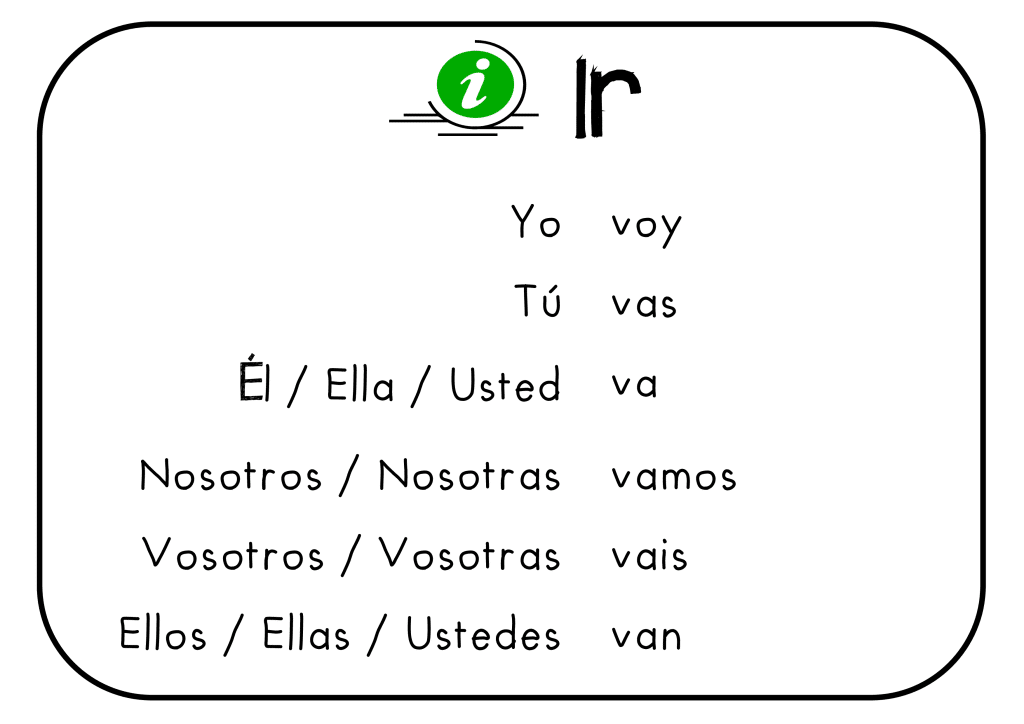
Ser ve estar İspanyolca "olmak" fiillerinin kullanımı
Rob Ashby. The Spanish Obsessive. Few verbs have attracted as much attention and hours of study as the two "copular" verbs in Spanish: Ser and Estar. To an English native speaker, it seems bizarre to have two verbs which both mean "to be", and distinguishing between them and their uses can be a major challenge in studying Spanish.

Ser ve Estar Farkı I Alex ile İspanyolca ispanyolca YouTube
İspanyolca'da ser ve estar farkı oldukça zor kavranan bir husus. Diğer videoda yüzeysel değinmiştim. Ancak çok fazla arkadaşımızdan talep geldiği için bu kon.

SER ESTAR İspanyolca Başlangıç İspanyolca Dersleri İspanyolca Öğren YouTube
The English verb be has two translations in Spanish grammar: ser and estar. Ser is used for qualities and characteristics and in connection with adverbs of time. Estar describes temporary conditions, location, the present progressive. Learn the difference between ser and estar with Lingolia's online grammar rules and free exercises. Our lists help you learn which words and expressions are.

Ser vs estar Spanish Classroom Activities, Learning Spanish For Kids, Spanish Lessons For Kids
Eğitmenimiz Reşat Ören ile İspanyolca Canlı Dersimize hoşgeldiniz!Bu derste ne öğreneceksiniz?-un/una, el/la artikelleri ile basit cümleler-Ser, Estar ve Ten.

İspanyolca 'OLMAK' Fiili (Ser&Estar) YouTube
Uses of Estar. Estar is used to indicate temporary states and locations. If that general rule doesn't suffice, there are two acronyms that you can think of, PLACE and LoCo. PLACE stands for P osition, L ocation, A ction, C ondition, and E motion. LoCo stands for Locations and Conditions. Let's look at PLACE now.

Ser vs. estar understanding Spanish “to be” verbs (2022)
The verb 'to be' in Spanish. In Spanish, there are two verbs for 'to be': ser and estar and you use them for different things. The verb ser goes like this:. soy - I am. eres - you are. es - he.

Ser vs Estar Uygulama Storyboard od Strane trexamples
As you may already know, the main difference between ser and estar is that ser refers to more permanent traits of someone or something, while estar refers to transient conditions. Check out the difference in the following two examples: examples. María es alta, delgada y rubia. Maria is tall, thin, and blonde.

Ispanyolca öğreniyorum ders. 5 ( SER ve ESTAR ) YouTube
Introduction. Cuenca es una ciudad hermosa. The easiest way to think of the difference between the two is that ser is used for more permanent qualities, while estar is temporary. Here are some examples of when you use them: Ser: descriptions (name, appearance, nationality) occupation. time (hour, days, dates, years, etc.)

Timeline Photos Spanish from Spain SFS Kitap, Uygulamalar
Ser vs Estar: A Mountain of Examples. Ultimately, the best way to understand the difference between Ser and Estar is to see a TON of example situations and which verb to use. So we present to you just that: a mountain of detailed examples. Situation 1: Talking about a person. SER María is a happy person. María es una persona muy alegre.

Ser ve Estar (Olmak) Fiili Mala Anlatır Gibi İspanyolca Ders 4 YouTube
İspanyolcada estar ve ser fiillerini kişi zamirleriyle birlikte bu derste öğreniyoruz! Türkcede "ser" ve "estar" gibi fiiller olmadigindan, anlamakta zorluk.

Presente de los verbos SER, ESTAR y TENER (CROSSWORDS) Learn Spanish Online
Estar - Use 5 - Progressive tense. This use of estar forms a new Spanish tense, and is used to talk about what is happening continuously in any given moment. To form this tense you need to combine the verb estar with the Spanish gerundio, which is the Spanish equivalent of 'walking', 'singing', 'running', or 'talking'.

I was = fui, era (ser) ; estuve, estaba (estar(, 2023 Ispanyolca
Definition of Estar. Estar, on the other hand, expresses the idea of being in a place or state. Estar expresses "how" something is, instead of "what" (or "who" in the case of people). It's a verb that conveys an idea of temporary states, and that's where the difference between ser and estar is more easily identified.

Should I Use 'Ser' or 'Estar'? A Guide For Their Proper Use İspanyolca learning article
İspanyolca Öğreniyorum #ser #estar #ispanyolcaöğreniyorum

İspanyolca 'SER, ESTAR' Konu Anlatımı / Evde İspanyolca Öğren YouTube
Ser is used to refer to a fact or characteristic of a person or object. Estar is used to describe perceptions, opinions, conditions, and any fact or circumstance that may vary over time. However, a slightly simpler way to illustrate their differences is by describing them with "permanent" and "temporary" states.

İspanyolca'da "Sıkıcıyım" ile "sıkıldım" demek arasında ince bir çizgi var. Ser ve Estar
The Spanish verbs ser and estar can both be translated as the English verb be. For learners of Spanish, mixing up ser and estar is one of the most common — and frustrating — mistakes. But don't worry, Lingolia is here to help. Read on to learn when to use ser and when to use estar, then put your knowledge to the test in the exercises.

Estoy aburrido (sıkıldım) Soy aburrido (sıkıcı biriyim) Learning Spanish, Ideas Para, Family
The verbs ser and estar are used to express "to be" in Spanish. Although they may have the same translation in English, they are not interchangeable. One way to think about it is that oftentimes ser is used to express permanent qualities, while estar expresses temporary situations.